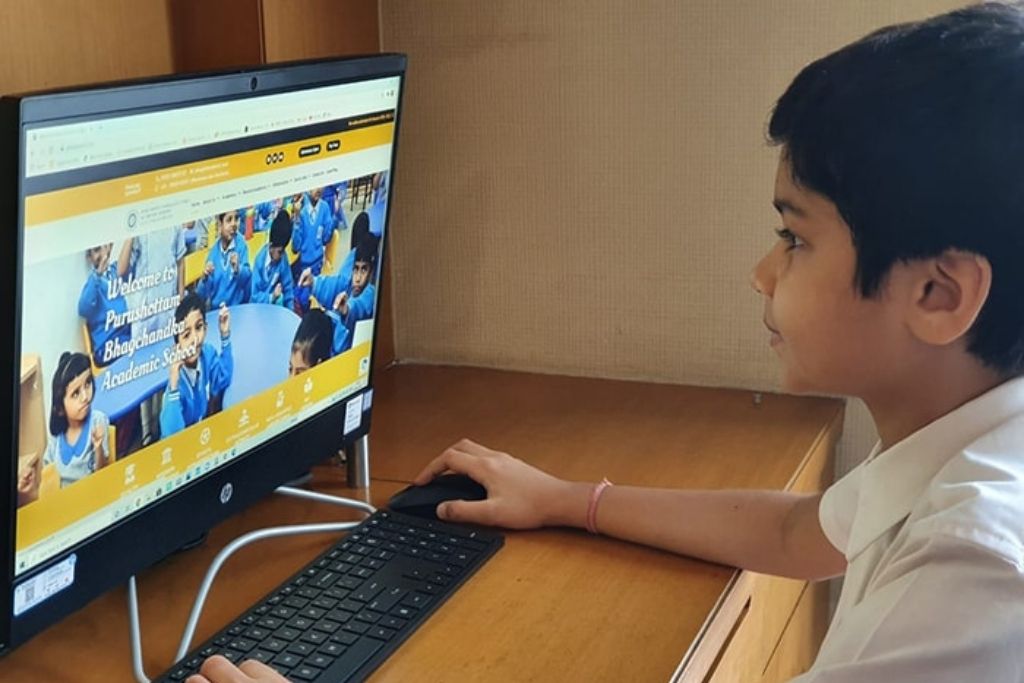Our Prime Minister Narendra Modi approved the National Education Policy 2020 in the Union Cabinet on 29th July, 2020. The policy was specially designed to replace the old National Policy on Education which was prevalent since 1986. The policy is expected to bring a transformation or reform in the higher education system in our country. It intends to transform the education sector into something more flexible and multidisciplinary. Not only should you choose the best English medium school in Kolkata for your child but also get a clear understanding of the new policy.
Why Was A New Education Policy Necessary?
Numerous changes have taken place in the last 34 years in the country, especially in the economy sector. Making some changes in the education policy was necessary so that the education sector can gear up according to the demands of the 21st century. Educated youth are considered to be the pillars of India as superpower knowledge is necessary for quality innovation and research.
Few Facts About School Education Under The New National Education Policy 2020
1. The policy is aiming to universalise the education system, starting from pre-school to secondary level. The objective is to achieve 100% Gross Enrolment Ratio in schools within 2030.
2. The new 5+3+3+4 curricular structure will replace the existing 10+2 system in the school. The age of the children will be 3 to 8 years, 8 to 11 years, 11 to 14 years and 14 to 18 years. Children within 3 to 6 years will be given more importance under the school curriculum as the age is recognised all over the world as an important stage for mental faculty’s development.
3. As the open schooling system will become more popular under the New National Education Policy 2020, around 2 crores school children will be back into the mainstream.
4. A student has to complete 3 years of pre-schooling and 12 years of schooling.
5. More importance will be laid on foundational literacy and numeracy. Extracurricular, academic and vocational streams won’t be treated separately in schools. Vocational Education with internships will start from class 6.
6. Teachers can use mother tongue or any other regional language when imparting knowledge until grade 5. The objective is to prevent students from facing any language barrier.
7. The progress of the students will be tracked with a 360 degree Holistic Progress Card.
8. A 4-year integrated B.Ed. degree will be mandatory for teachers.
Few Facts About Higher Education Under The New National Education Policy 2020
1. Gross Enrolment Ratio in higher education will increase to 50% within 2035. Around 3.5 crore seats will be added so that more students can undergo higher education.
2. Students can enjoy more Flexibility of Subjects according to the new Higher Education curriculum.
3. The Academic Bank of Credits will be established to smooth the process of Transfer of Credits.
4. An apex body named National Research Foundation will be formed to promote a building research capacity and strong research culture across higher education.
5. The Higher Education Commission of India (HECI) will be the single overarching umbrella body for the entire higher education.
6. The new policy will promote Multilingualism both in schools and during higher education.
If you want to enrol your child in a school which has already started adapting to the new national education policy 2020, choose Purushottam Bhagchandka Academic School.






